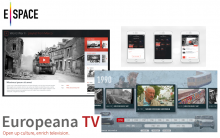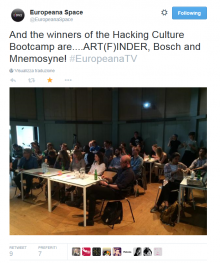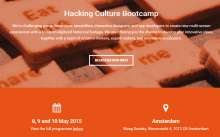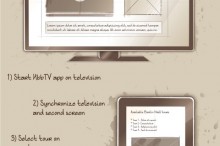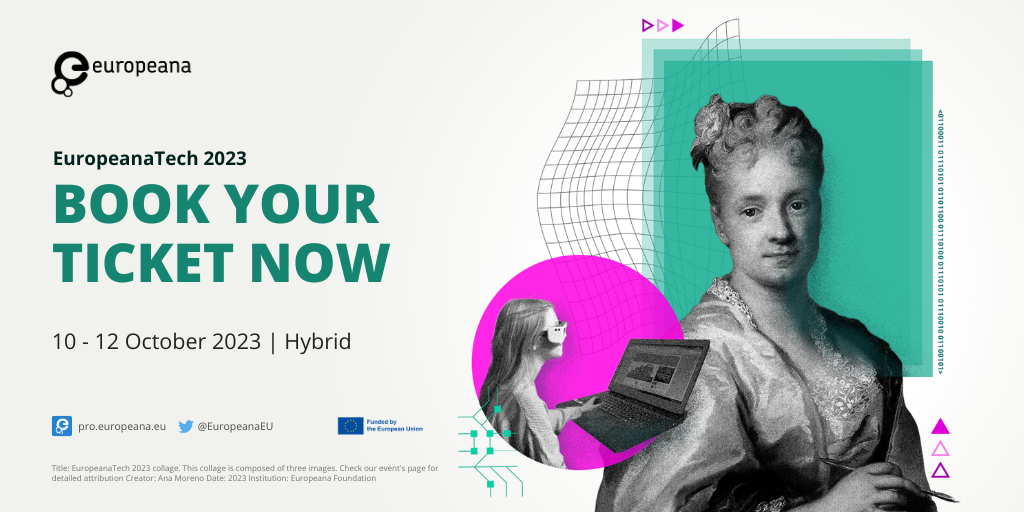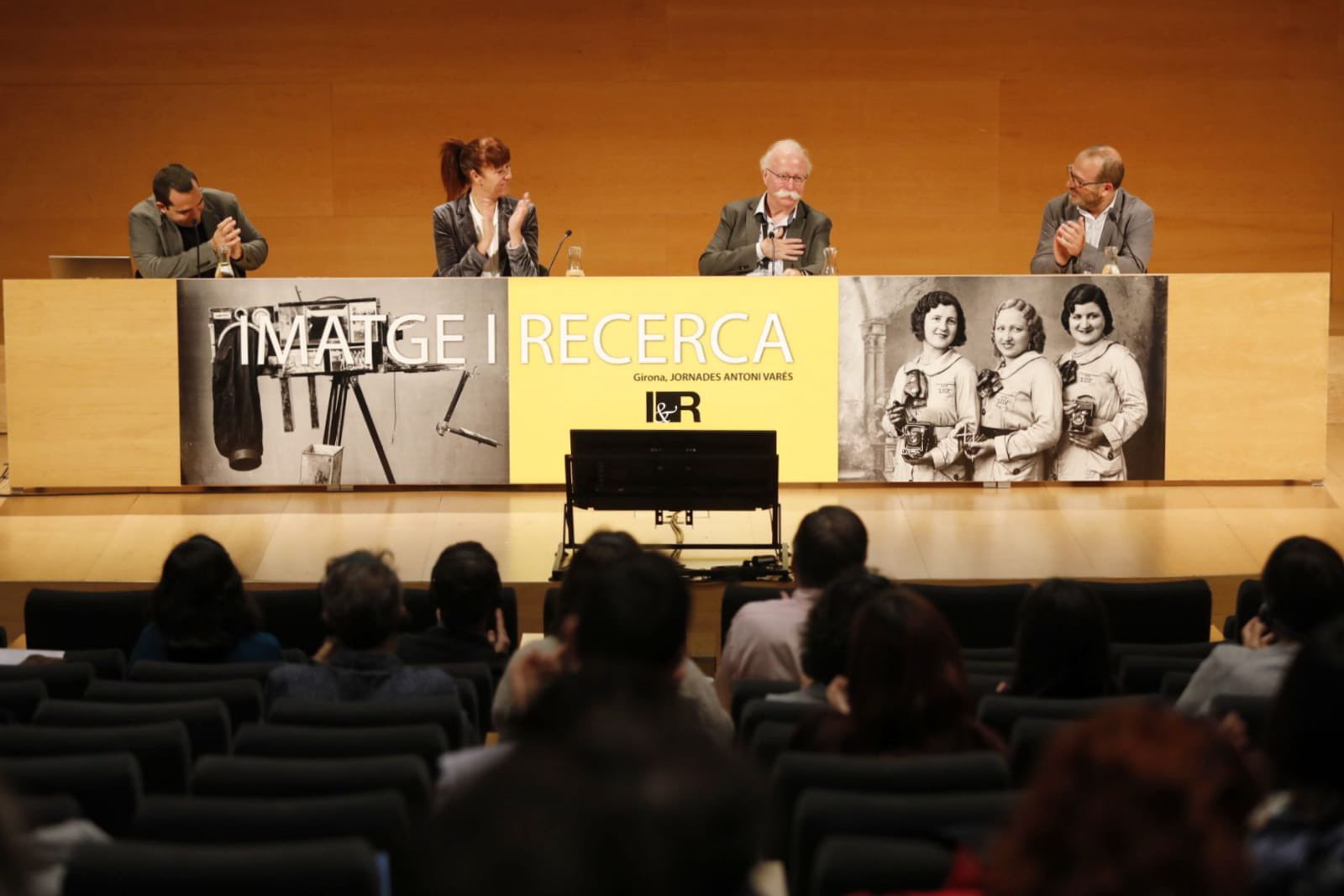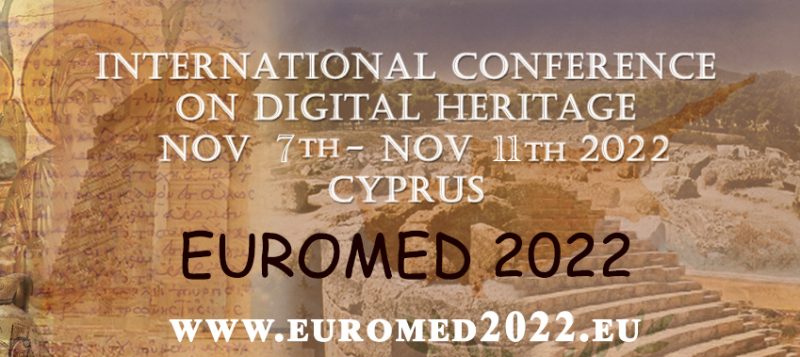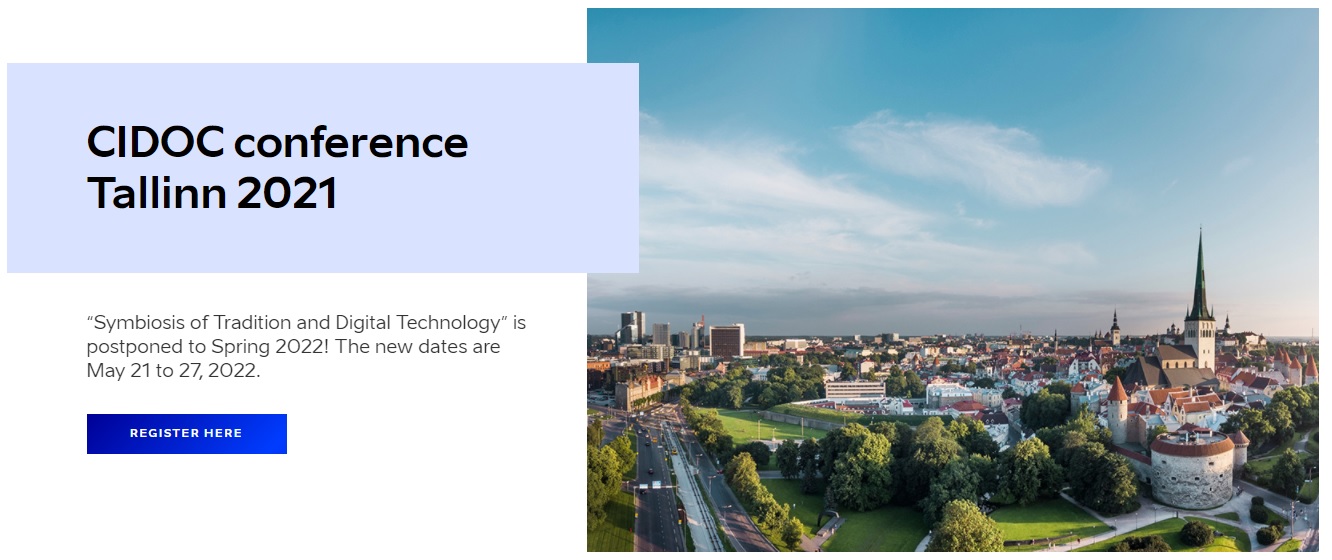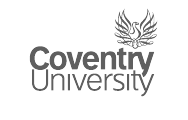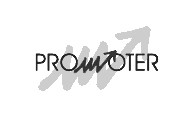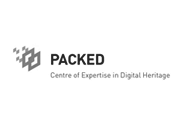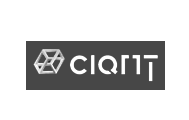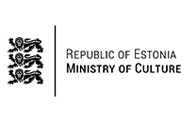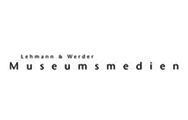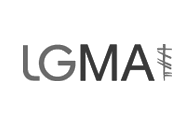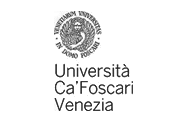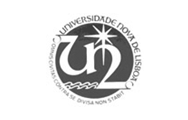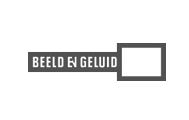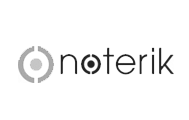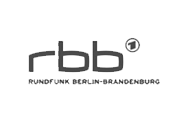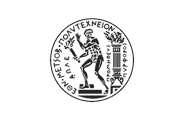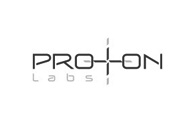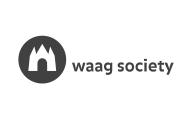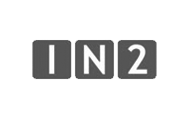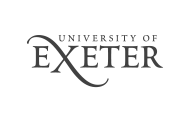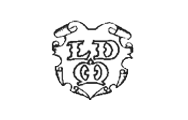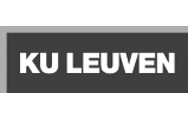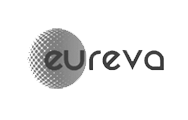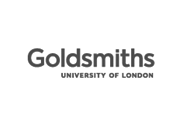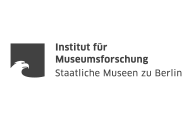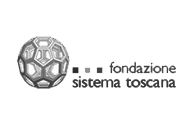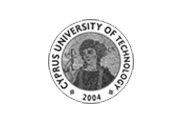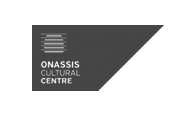In February 2015, a lab test was designed to investigate the usability of the Berlin Wall application, which is representative of an interactive TV application using valuable cultural heritage content. The test was conducted with the on-air application. Test participants were sat in front of the TV set and interacted with the application by using the TV remote control.

The test was composed of four parts:
- Information on general media use and interactive TV use in particular – This section is used to more accurately identify the target group.
- Task-based validation of usability – Feedback about specific tasks like starting a selected video or change to the full-screen view
- General feedback about the application – Feedback about the concept of the application as a whole and the likelihood of a user recommending the application
- User experience questionnaire for the application – A mini Attract Diff was used to gain knowledge about the subjective perception of the usage and look of an interactive product.
Tester group
The test was conducted with a group of 8 persons. The group was aged between 20 and 74. For the test evaluation, we decided not to separate the results by age or gender groups to avoid the risk of a biased evaluation of issues. The test group answered a pre-test questionnaire to assess media consumption habits, technical skills and possible role as multipliers.
The basic insights were:
-
All users owned a TV and watched TV daily.
-
Five users owned a Smart TV which is connected to the internet and one user owned a Smart TV in combination with a set-top-box.
-
Six users owned a computer, smartphone and tablet and two users did not own a tablet but a smartphone and a computer.
-
Seven users used the Internet on a daily basis and some hourly, while one stated he/she used it several times a week.
-
The Internet was mainly used for communication and information. Three people used video and/or music and four used web 2.0 applications.
Learn more on the EuropeanaTV pilot here: http://www.europeana-space.eu/europeana-tv-pilot/



